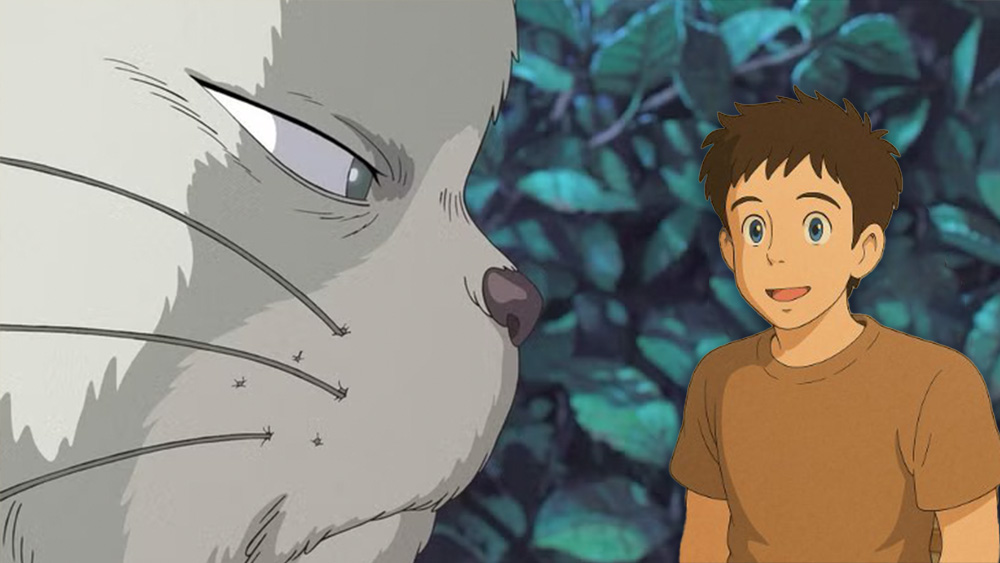Species that fail to evolve go extinct. The same goes for brands
D&AD Jury President for Brand Identity Refresh shares why the best brands eschew trends.
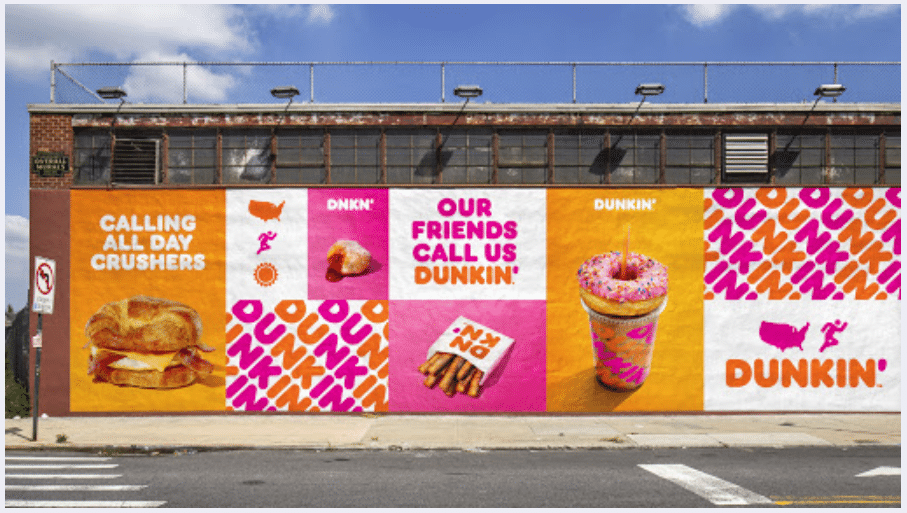
In nature, survival belongs not to the strongest, but to the most adaptable. And brands, like species, live or die by the same rule.
It’s why D&AD’s decision to split branding into two categories this year – New Brand and Brand Identity Refresh – wasn’t just semantics. It reflected a deeper truth: evolving a brand is fundamentally different from creating a new one from scratch. The latter is about being born; the former is about evolving to endure and stay relevant.
As Jury President for the Brand Identity Refresh category, I see the refresh process not as a cosmetic overhaul, but as evolution in its truest sense. The smartest brands don’t chase trends – they evolve like ecosystems, organically and intentionally. They explore their DNA, discover what makes them uniquely themselves and adapt thoughtfully in response to relevant cultural, technological and economic shift (recent brand evolutions include Amazon and Adobe).
The core idea rooted is in biomimicry – the notion that brands, like living systems, must sense and adapt to shifts in their environment. It’s not about change for its own sake, but about revisiting a brand’s origin to uncover and reinterpret its meaning in response to evolving cultural contexts. This act of updating the origin, rather than straying from it, is where true originality lies.
Adapt or disappear

We don’t have to look far for inspiration because nature offers the ultimate blueprint. Nature teaches us that evolution isn’t random, it’s strategic. It’s rooted in purpose and honed over time through constant feedback loops. Savvy brands do the same: they stay rooted in their origin stories while evolving to stay relevant in a changing world.
A report by McKinsey backs this up. Companies that invest in brand evolution grow 20%-30% faster than those that don’t. And this isn’t about having Coca-Cola-level budgets. Whether you’re a multinational or a local nonprofit, it is perfectly possible to evolve meaningfully – it’s a mindset not a price tag.
A refresh when executed well is more than a new logo or colour palette. It’s a universal recalibration. It realigns the brand’s essence with what the world needs now – not what it needed five years ago. This process touches everything: tone of voice, UX, typography, social presence, packaging, ad campaigns et al – all working in harmony to create a coherent and authentic story.
Daily design news, reviews, how-tos and more, as picked by the editors.
When evolution goes too far – or not far enough
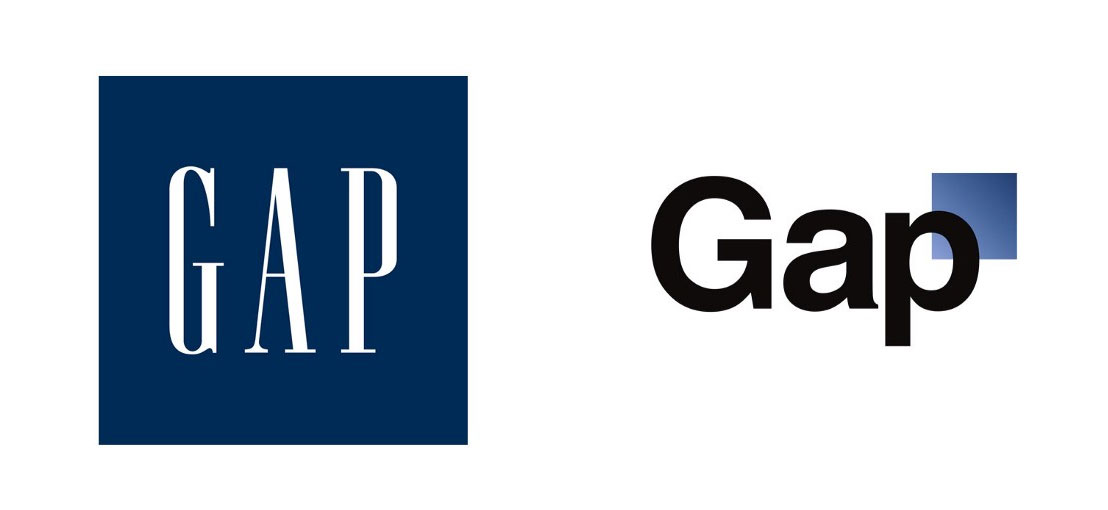
Just like in nature, though, evolution can sometimes misfire. Brands that swivel too sharply away from their DNA risk alienating loyal followers. Think controversial rebrands like Tropicana’s 2009 rebrand that ditched the iconic striped straw resulting in consumer backlash and a drop in sales. Or Gap’s infamous 2010 Helvetica experiment and abandonment of the blue square, or Twitter’s transformation into X, which left its iconic brand equity on the cutting room floor (though some of that might be down to Elon Musk himself).
On the flip side, stagnation or failing to acknowledge consumer trends can be highly damaging. Take Yahoo, previously one of the main players in the online advertising market. Instead of search, the company decided to focus more on becoming a media giant. They ignored consumer trends and a need to improve the user experience. Would we be ‘Yahooing’ rather than ‘Googling’ if they had done things differently?
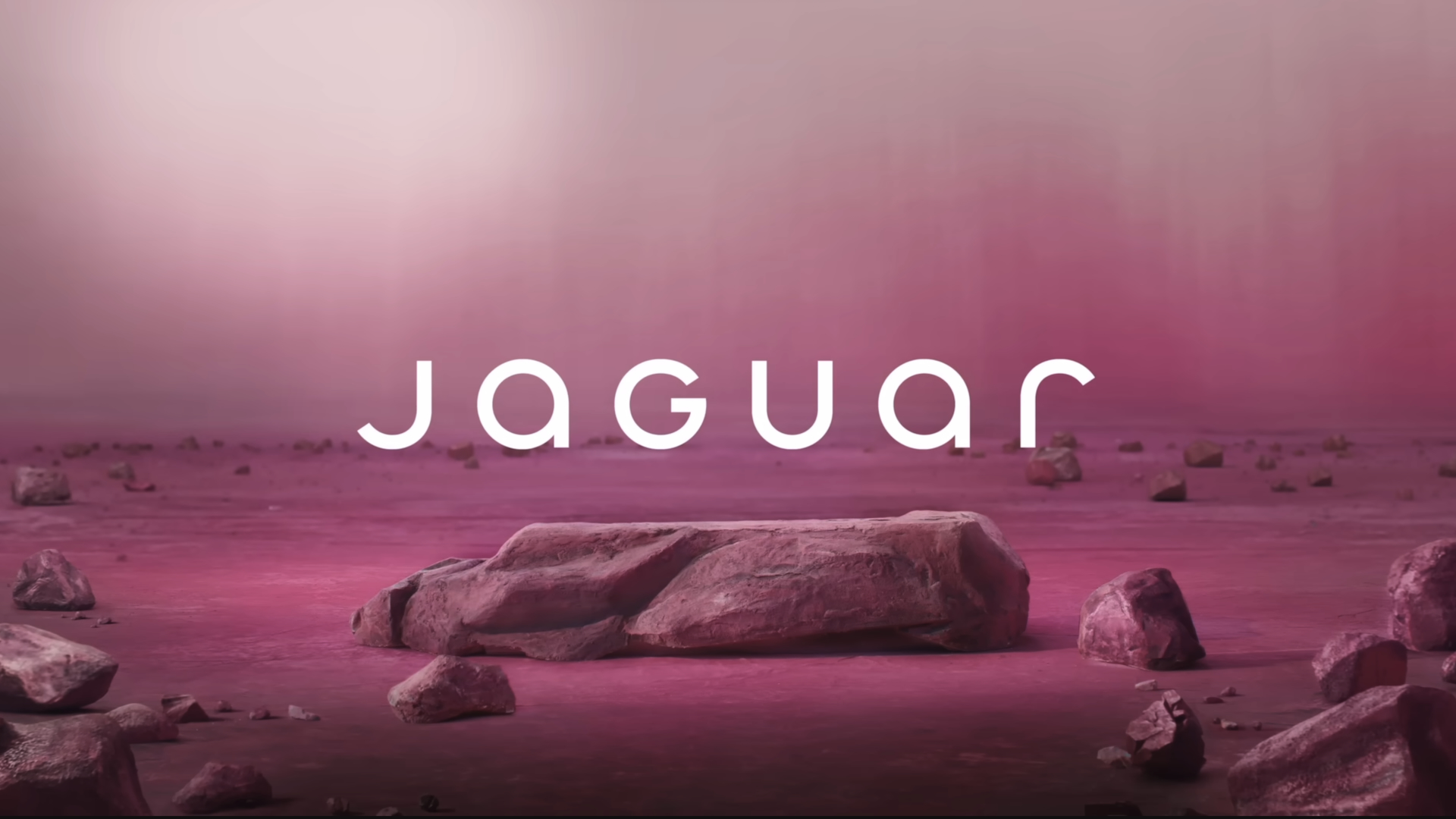
The Jaguar refresh wasn't quite on point, either, and just look at the response! The refresh was certainly ambitious, but it went too far the other way, alienating its core audience and losing its sense of self in the process.
The brands that get it right? They treat refreshes as deep rethinks, not surface updates. Dunkin’ dropped ‘Donuts’ to reposition as a beverage-first brand while preserving its fun, nostalgic identity. GSK evolved its entire visual system to reflect a renewed focus on innovation. McDonald’s leaned into retro aesthetics – not as gimmicks, but as signals of renewed relevance through familiarity.
The science of staying human
This isn’t just design theory – it’s business strategy. A Marq study found that consistent branding increases revenue by up to 23%. Nielsen reports that 60% of consumers prefer buying from familiar brands – but only if those brands keep up with their needs. And Stackla's data tells us 86% of people value authenticity in the brands they support. A refresh, if done right, enhances all three.
Most importantly, refreshed brands are better equipped to weather disruption. According to Deloitte, 75% of marketers agree that a brand’s adaptability is crucial for long-term success. That’s evolutionary thinking in action.
So how should brands approach a refresh?
- Start with your DNA: What’s your core identity? What emotional space do you own? Make sure you preserve that.
- Take a close look at the environment: How are your customers, competitors and culture evolving? Use this exercise to identify market pressures.
- Adapt thoughtfully: Change only what needs to change – and make sure all touchpoints evolve together.
- Stay authentic: Align every update with your values. Don’t pretend to be what you’re not.
- Evolve continuously: This is not a one-time fix. Build adaptability into your brand strategy.
The best refreshes are not revolutions, they’re evolutions. They make a brand feel more like itself, not less. When done well, they don’t just keep brands relevant, they keep them alive.
In the natural world, species that fail to evolve go extinct. The same goes for brands.
Have you created some standout branding? Enter the Brand Impact Awards.
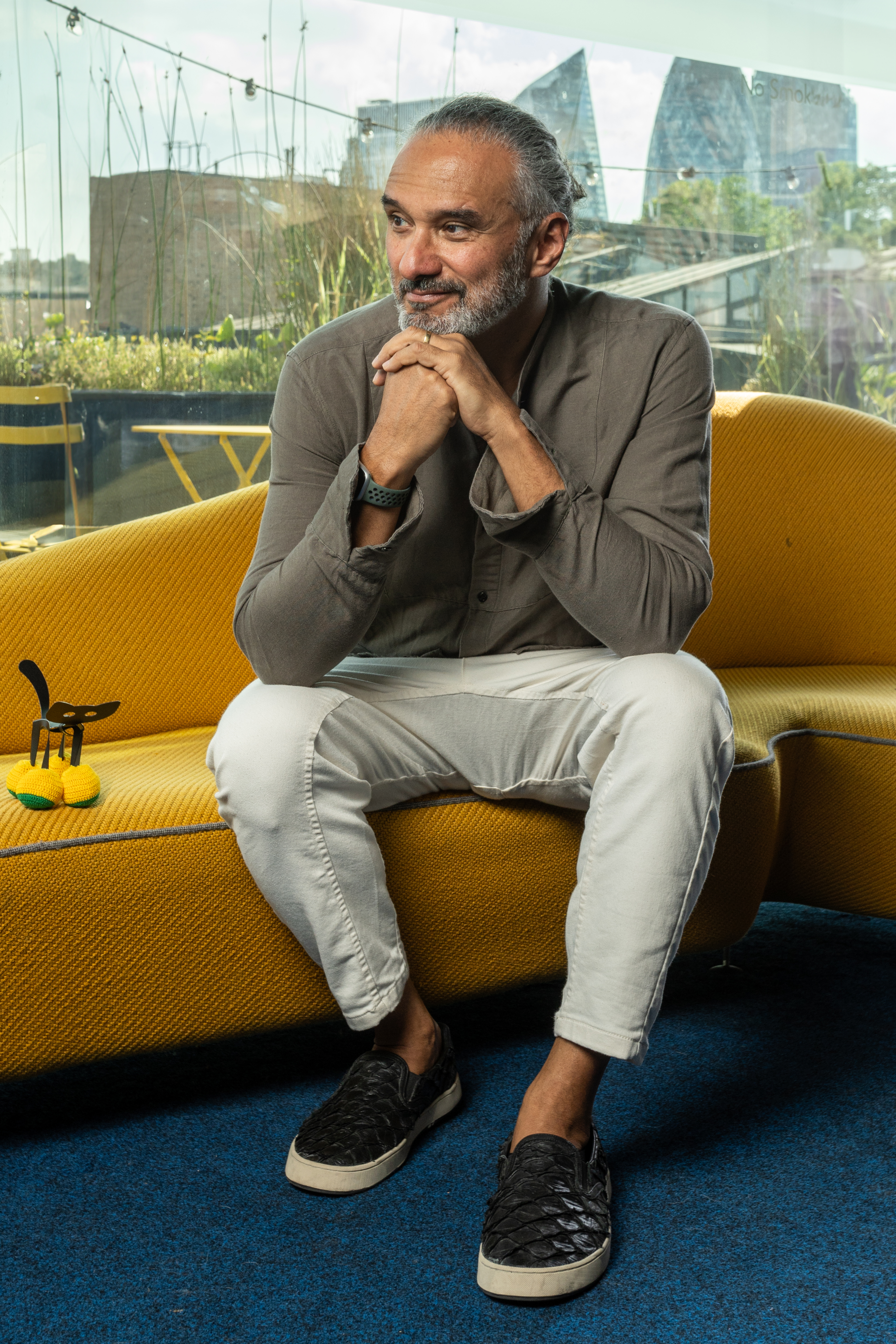
Fred Gelli is the CEO and co-founder of Tátil Design, a leading Brazilian branding and design agency with hubs in London and New York, known for its innovative and sustainable approach. A visionary in design thinking, Fred gained international acclaim for designing the Rio 2016 Olympic Games logo, blending creativity with cultural significance. With a career spanning over three decades, he integrates nature-inspired innovation and strategic design to create meaningful brand experiences. Under his leadership, Tátil Design has received numerous global awards and continues to influence design practices worldwide. Fred is also a frequent speaker, educator and advocate for biomimicry as a tool for transformative, purpose-driven design.
You must confirm your public display name before commenting
Please logout and then login again, you will then be prompted to enter your display name.
